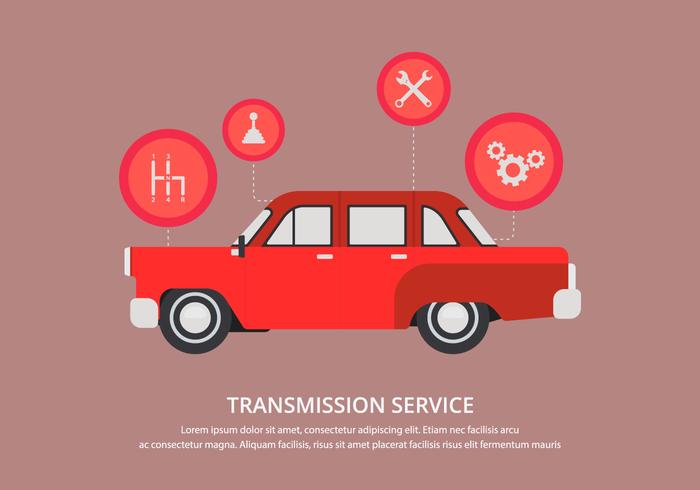When you're behind the wheel, those glowing warning lights on your dashboard can be a little bit bewildering. Do you understand what they're attempting to inform you about your car's health and wellness? Understanding the value of these lights is essential for your security and the longevity of your automobile. So, the next time one of those lights turns up, wouldn't you want to decipher its message accurately and take the needed actions to address it?
Common Caution Lighting and Interpretations
Recognize usual warning lights in your car and recognize their significances to make certain safe driving.
One of the most normal caution lights include the check engine light, which signals problems with the engine or discharges system. If this light comes on, it's important to have your vehicle checked quickly.
The oil stress alerting light indicates reduced oil pressure, calling for instant attention to stop engine damages.
A blinking battery light might suggest a defective billing system, potentially leaving you stranded otherwise dealt with.
The tire stress monitoring system (TPMS) light notifies you to reduced tire stress, impacting lorry security and fuel efficiency. Overlooking this could lead to harmful driving conditions.
The abdominal light indicates a trouble with the anti-lock braking system, compromising your capacity to stop promptly in emergencies.
Lastly, the coolant temperature level alerting light warns of engine overheating, which can lead to extreme damage if not resolved swiftly.
Recognizing these common caution lights will certainly help you attend to concerns quickly and preserve risk-free driving problems.
Value of Prompt Attention
Recognizing the usual warning lights in your auto is only the initial step; the relevance of quickly addressing these cautions can't be stressed sufficient to guarantee your security on the road.
When a caution light brightens on your dashboard, it's your automobile's method of communicating a possible concern that needs focus. Neglecting these cautions can cause a lot more severe troubles in the future, compromising your security and possibly costing you much more in repairs.
aircraft mechanic salary to alerting lights can prevent failures and mishaps. For instance, a blinking check engine light can show a misfire that, if left unattended, can trigger damages to the catalytic converter. Addressing this without delay can save you from an expensive fixing.
Similarly, a brake system advising light might signal reduced brake fluid or used brake pads, essential parts for your safety when driving.
DIY Troubleshooting Tips
If you notice a caution light on your dashboard, there are a few DIY fixing ideas you can try before looking for professional assistance.
The very first step is to consult your auto's handbook to recognize what the specific warning light suggests. Often the issue can be as simple as a loose gas cap causing the check engine light. Tightening automobile brake repair may deal with the issue.
https://chancelfzxr.izrablog.com/31654662/checking-out-a-range-of-career-options-in-the-automotive-repair-service-sector is a low battery, which can cause numerous alerting lights. Inspecting the battery connections for rust and guaranteeing they're safe and secure might take care of the trouble.
If a warning light lingers, you can attempt resetting it by disconnecting the auto's battery for a few mins and then reconnecting it. Additionally, inspecting your vehicle's fluid degrees, such as oil, coolant, and brake liquid, can help troubleshoot alerting lights connected to these systems.
Final thought
In conclusion, understanding your vehicle's warning lights is essential for keeping your automobile running efficiently and safely. By immediately attending to these informs and knowing what they indicate, you can avoid pricey repairs and potential failures.
Keep in mind to consult your auto's handbook for particular details on each warning light and take action appropriately to make sure a hassle-free driving experience.
Stay informed, remain safe on the road!
